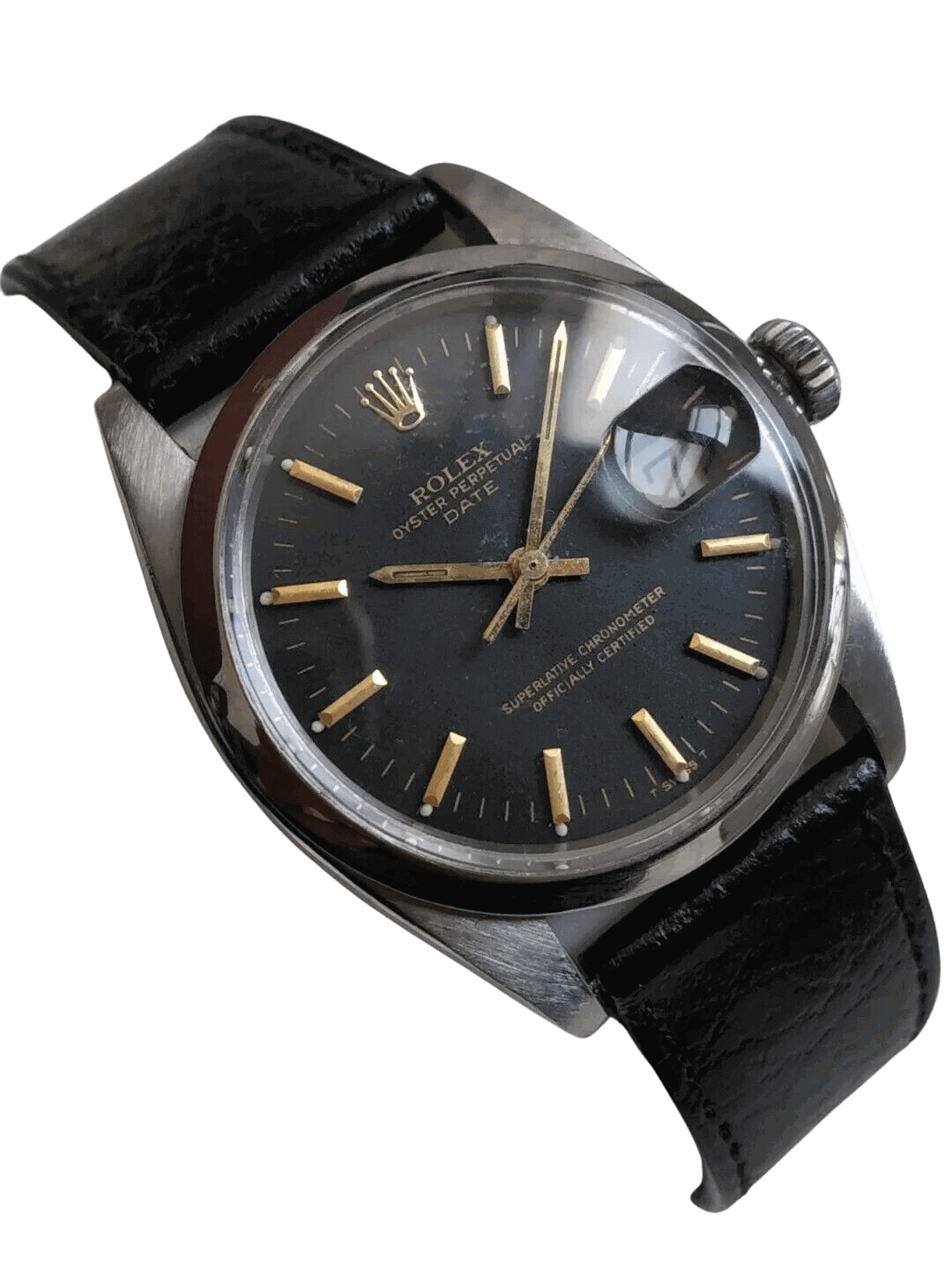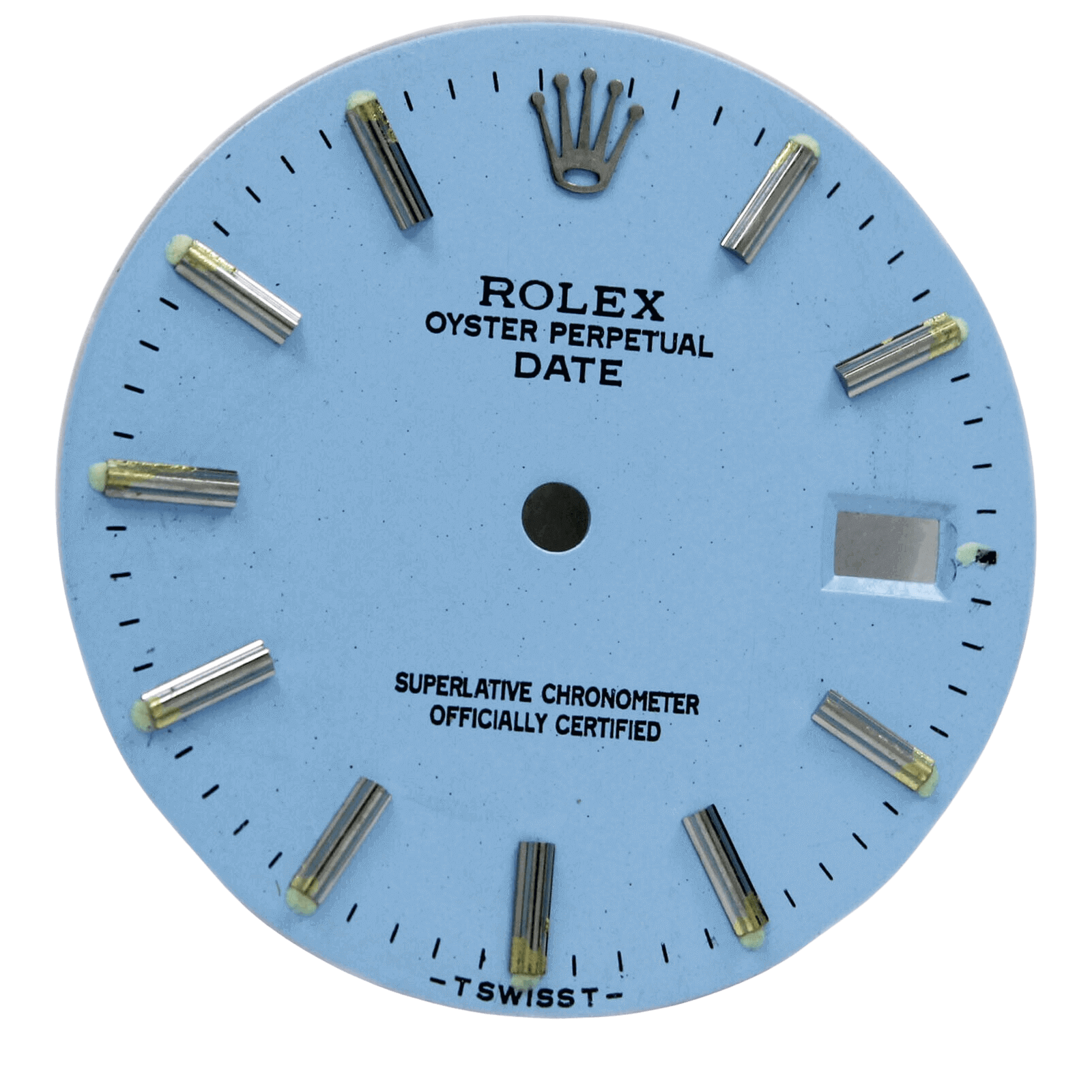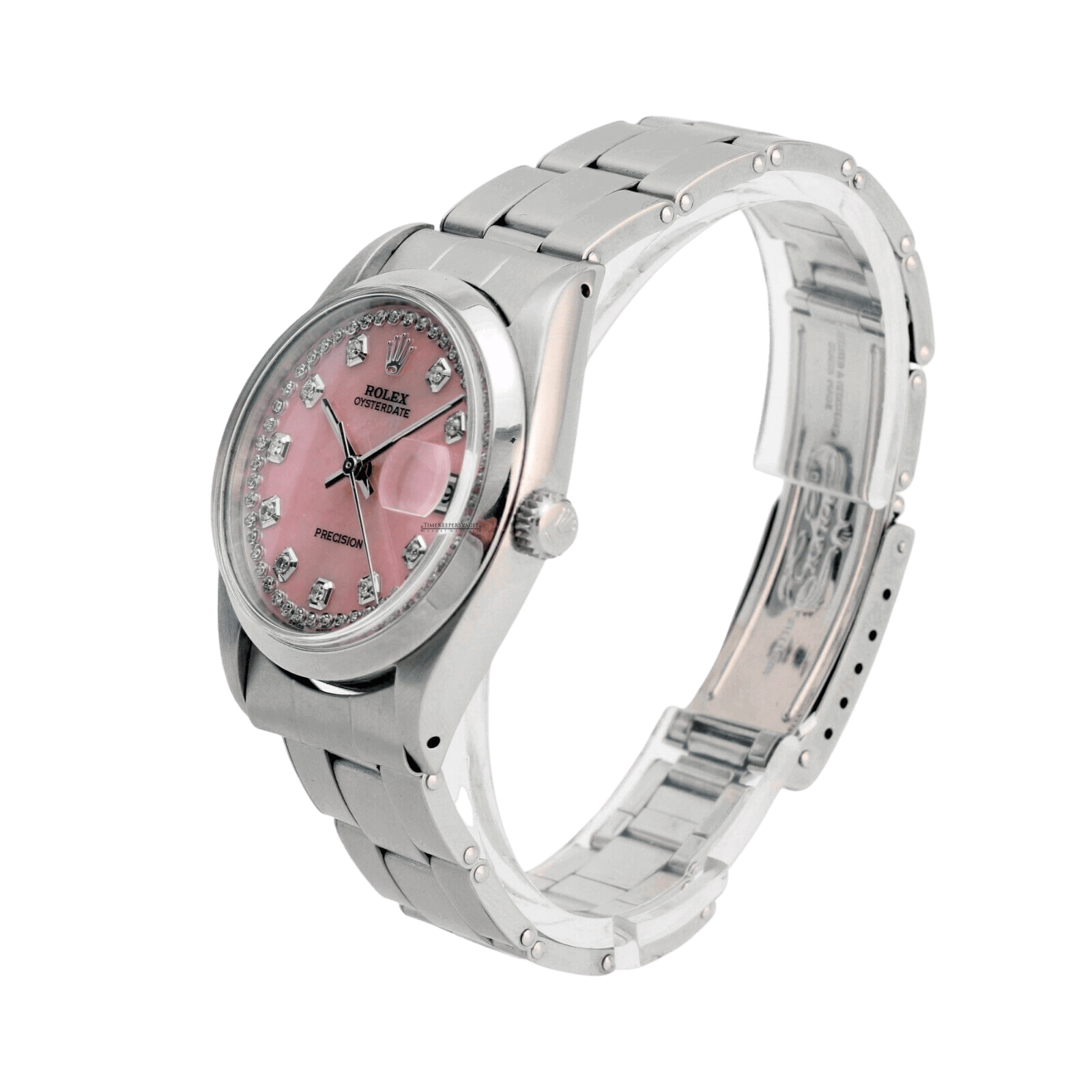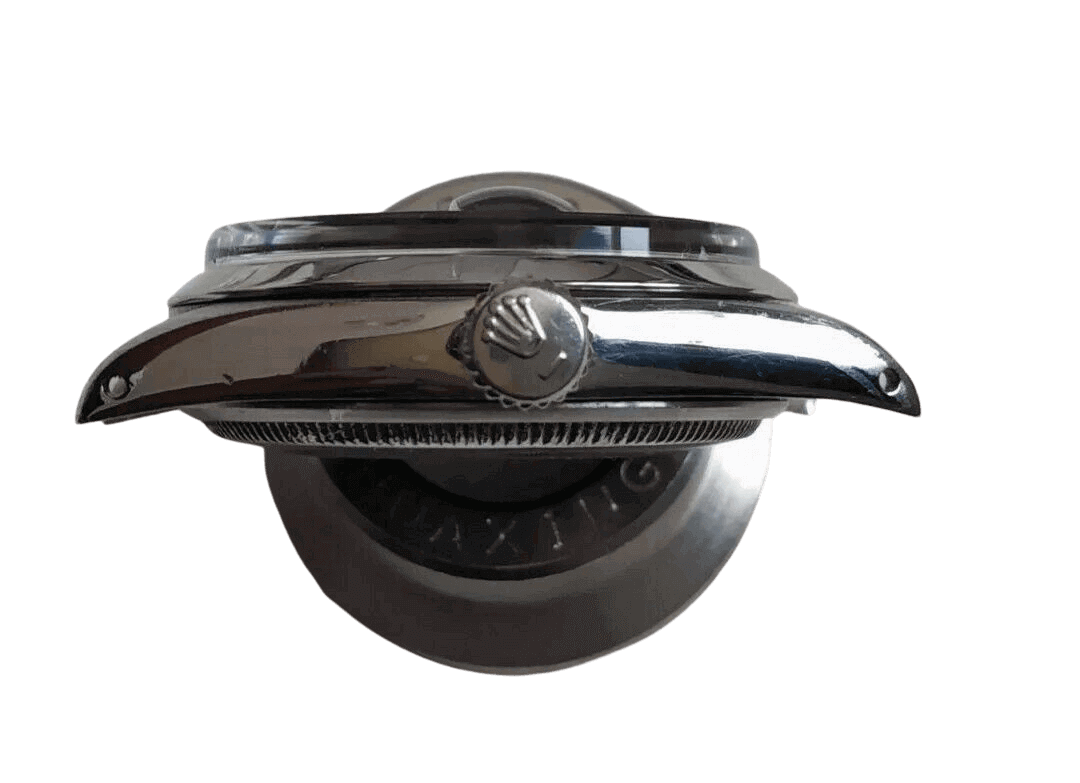Introduction to Rolex Oysterdate Precision

Often confused with the Oyster Perpetual Date, the Rolex Oysterdate is an entirely different watch model. The Oysterdate, also known as the Oysterdate Precision, is a vintage Rolex watch that runs on a manual-winding movement. As its name suggests, it features a date window on the dial. While it is no longer in production, pre-owned Rolex Oysterdate Precision models are readily available in the secondary market and are some of the least expensive men’s Rolex watches.
Rolex Oysterdate Precision
History
History
In 1945, Rolex launched the Oyster Perpetual Datejust watch equipped with a 36mm case, a date window on the dial and an automatic movement inside. Five years later, the Oyster Perpetual Date made its debut with similar features but a smaller 34mm case.
The Rolex Oysterdate Precision soon followed, introduced in the early 1950s. While the Oysterdate Precision had the same 34mm case size and date window at 3 o’clock as the Oyster Perpetual Date, it ran on a manual-winding movement rather than an automatic one. Furthermore, unlike the chronometer-certified Datejust and Date models, the Oysterdate was not certified as a chronometer. This is why the Oysterdate has “Precision” on the dial instead of the “Superlative Chronometer Official Certified” text frequently found on Rolex watches.

The first Oysterdate Precision was the reference 6094, which did not include the now-ubiquitous Cyclops magnification lens over the date window. Rolex debuted the Cyclops lens on the Datejust in 1953 and then rolled it out to other watch models with date displays over the following years. The Oysterdate Precision ref. 6294 and 6494 joined the collection in the mid-1950s, furnished with Cyclops date lenses. These three early Oysterdate Precision references were powered by the hand-winding Caliber 1215 movement.
In 1958, Rolex introduced the Oysterdate Precision ref. 6694, fitted with the upgraded Caliber 1225 manual-winding movement. The Rolex Oysterdate 6694 remained in the brand’s catalog for three decades until the entire model was discontinued in 1988.
Oysterdate Precision Timeline
Oysterdate Precision Design, Features and Maintenance
Although there are a few gold editions, the vast majority of Oysterdate Precision watches were made in stainless steel. The first three references (ref. 6094, ref. 6294, and ref. 6494) featured date wheels with alternating black and red numerals—commonly known as roulette date windows. Some initial examples of the Oysterdate Precision ref. 6694 also came with roulette date windows, but Rolex eventually phased these out and replaced them with all-black date wheels around the mid-1960s.
Oysterdate Precision watches made in the 1950s will typically have classical design details such as sword-shaped hands and arrowhead style hour markers. However, 1960’s Rolex Oysterdate Precision watches began adopting the now-familiar straight hands and baton-style hour markers.
Rolex men’s Oysterdate Precision watch models have the following design details:
- References: 6094, 6294, 6494, 6694
- 34mm round cases with drilled lug holes
- Date window at 3 o’clock
- “Precision” text on the dial
- Acrylic crystal
- Manual-winding movement

Most Oysterdate watches were sold with three-link Oyster bracelets. Early versions were the so-called riveted Oyster bracelets, named for the visible rivets on the outer edges of the links. 1970 Oysterdate Precision watches will usually have Oyster bracelets with folded links followed by solid links for those manufactured in the 1980s. However, because all Oysterdate Precision cases have drilled lug holes, it’s easy to switch out the metal bracelets for a leather strap.
Ladies and midsize Oysterdate Precision references have similar features as the men’s models but have smaller cases that range from 29mm to 31mm.
- Oysterdate Precision 6066
- Oysterdate Precision 6266
- Oysterdate Precision 6466
- Oysterdate Precision 6646
It’s important to remember that Oysterdate Precisions have to be hand-wound via the winding crown almost every day to keep the watch running. Also, the Rolex Oysterdate is not a quickset date watch—this means that you have to turn the hands past midnight to change the number in the date window.
All Oysterdate Precision watches are vintage Rolex watches (a watch is considered vintage if it is at least 30 years old). Therefore, it is not recommended to swim with them. While these were considered water-resistant at the time of production, Oysterdate watches can no longer guarantee water-resistance due to their age.

Rolex Oysterdate Precision Price and Collectability
Due to their non-COSC certified manual-winding movements and smaller case sizes, used Oysterdate Precision watches are some of the cheapest Rolex watches you can find in the secondary market. It’s not uncommon to find the ladies/midsize version selling between $1,500 and $2,500.
As expected, the larger men’s Oysterdate Precision watches are priced higher but still affordable for a Rolex watch. Depending on condition, a pre-owned Oysterdate Precision ref. 6694 is typically priced between $2,500 and $4,000. While perhaps not as valuable as automatic Oyster Perpetual Date models in the secondary market, the relatively inexpensive Oysterdate Precision is a solid choice as a first Rolex watch.

Watchmaker’s Perspective
The Rolex Oysterdate is now out of production, but when it was being manufactured it utilized two very capable movements: the Rolex Caliber 1215 and 1225. Both movements featured center seconds, also known as sweep seconds. Having the seconds indicated with a hand at the center of the dial may seem common and easy, but it actually takes a bit more engineering effort to make happen.
Traditionally, movements would have their seconds indicated in a subdial at six o'clock. The location matters, as the seconds hand would be directly connected to the fourth wheel inside the movement, which makes one rotation per minute. To indicate seconds via the center of the movement, another wheel (gear) is attached to the arbor of the fourth wheel, which drives a pinion at the center of the movement. This pinion goes through the center of the center pinion and is attached to the center seconds hand. A small spring holds the pinion down, to prevent any flutter in the seconds hand movement.
Manufacturing a hollow center wheel pinion to accommodate the seconds pinion is a challenge, but the end result is worth it. In the case of the Rolex Oysterdate, that result is a clean and easily legible dial.

Content provided for informational purposes only. eBay is not affiliated with or endorsed by Rolex.



























